Binoculars are an essential tool for outdoor enthusiasts, bird watchers, and sports fans alike, providing an enhanced and magnified view of distant objects. A common question that often arises is whether 10×50 or 20×50 binoculars are better suited for the task. To answer this question, it is crucial to consider factors such as specifications, performance, versatility, and intended use.
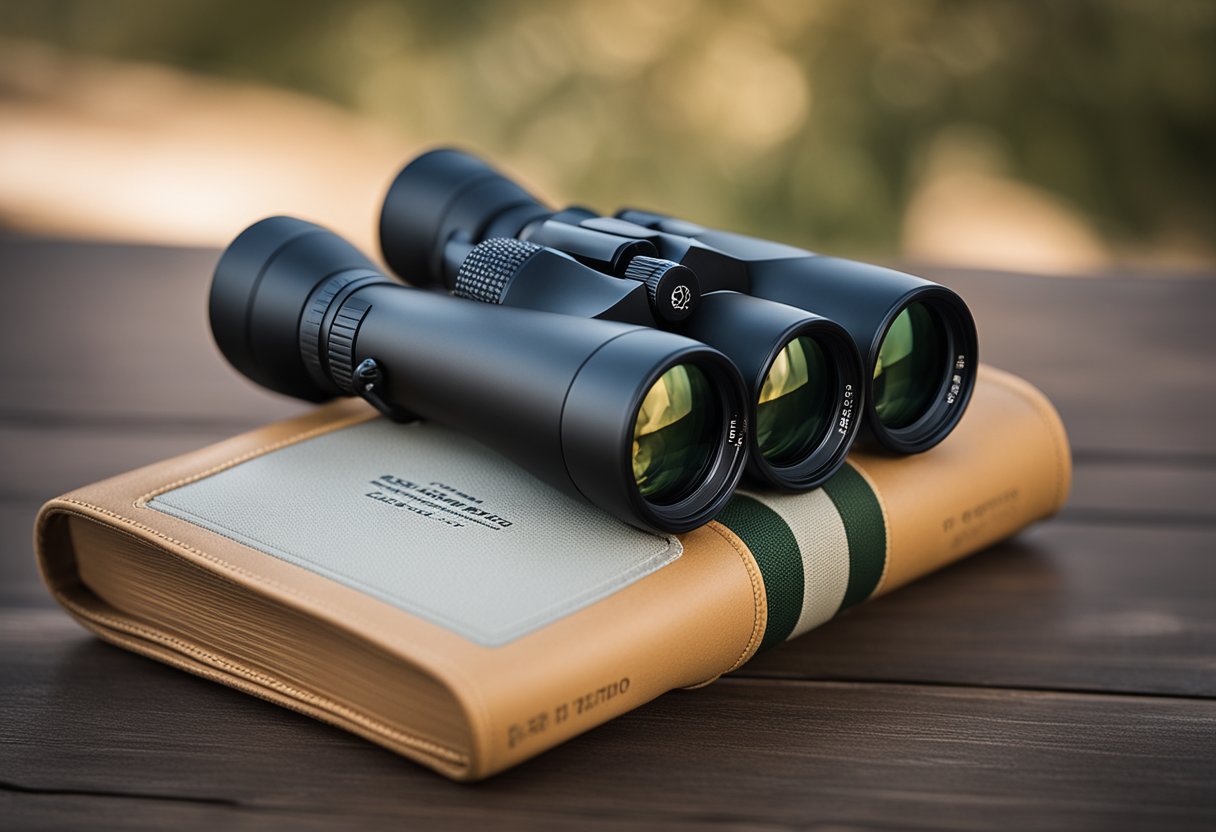
The main difference between 10×50 and 20×50 binoculars lies in the magnification power and field of view. A 10×50 binocular provides a 10x magnification with a 50mm objective lens diameter, offering a brighter and wider field of view, which is ideal for bird watching and general purpose use. In contrast, 20×50 binoculars provide a higher magnification of 20x with the same 50mm objective lens, which allows for greater reach and detail but at the cost of a reduced field of view and brightness, making them suitable for activities such as stargazing or locating distant objects.
Popular brands and models produce binoculars for various use cases and preferences. Ultimately, the choice between 10×50 and 20×50 binoculars depends on the specific needs of the user, taking into account the activities and environments where the binoculars will be used most frequently.
In This Article
Key Takeaways
- 10×50 binoculars offer a wider field of view, suitable for bird watching and general use.
- 20×50 binoculars provide higher magnification for better detail, ideal for stargazing and distant objects.
- Choose the right binoculars based on your specific needs and intended activities.
Differences in Specifications

Lens Diameter
When comparing 10×50 and 20×50 binoculars, the first noticeable difference is the lens diameter. Both have a 50mm objective lens, which means they allow the same amount of light to enter the binoculars. This is important for low-light conditions and image quality. However, the larger the lens diameter, the bulkier and heavier the binoculars can be.
Magnification Levels
The main difference between 10×50 and 20×50 binoculars is their magnification levels. As the numbers indicate, 10×50 binoculars offer a 10x magnification, while 20×50 binoculars offer a 20x magnification. Higher magnification allows you to see objects at greater distances and with more detail. However, it can also make the image less stable and more prone to shaking, which might require a tripod for optimal usage.
Weight and Size
In general, 20×50 binoculars tend to be larger and heavier than their 10×50 counterparts due to the increased magnification. This can impact portability, making them less suited for long hikes or extended periods of use. 10×50 binoculars are more compact and lighter, making them easier to carry and handle for extended periods.
Field of View
The field of view refers to the area visible through the binoculars at a given distance. In general, higher magnification levels result in a narrower field of view. When comparing 10×50 and 20×50 binoculars, you’ll find that 10×50 binoculars have a wider field of view, making them ideal for situations where you need to observe a large area, such as birdwatching or scanning the landscape. On the other hand, 20×50 binoculars offer a narrower field of view, which is better for focusing on distant objects, like stars and planets.
Exit Pupil
The exit pupil is the size of the light beam exiting the eyepiece and entering your eye. To calculate the exit pupil, divide the lens diameter by the magnification level. For 10×50 binoculars, the exit pupil is 5mm (50mm ÷ 10), while for 20×50 binoculars, it’s 2.5mm (50mm ÷ 20). A larger exit pupil provides a brighter image, better low-light performance, and is generally more comfortable for your eyes. This means that 10×50 binoculars are more effective in low-light conditions and may reduce eye strain compared to 20×50 binoculars.
Performance Comparison
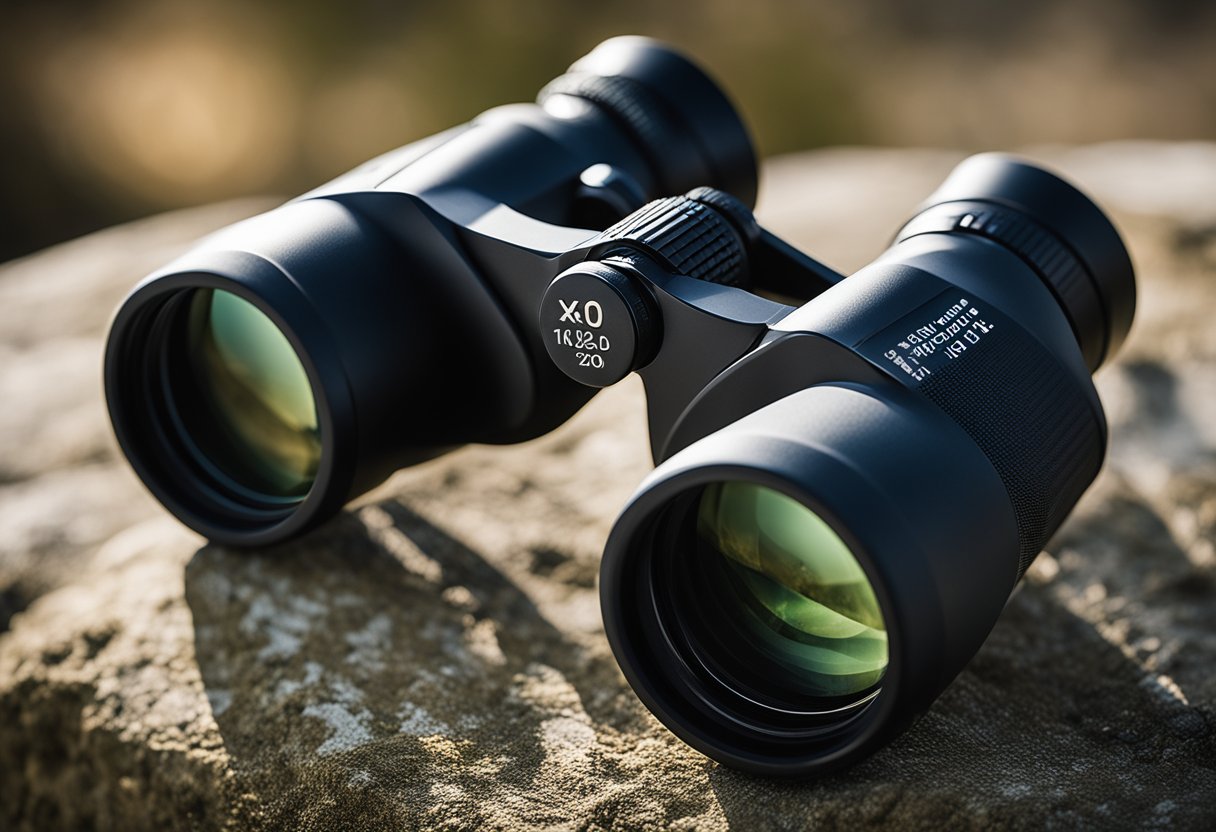
Low Light Conditions
In low light conditions, 10×50 binoculars generally perform better than 20×50 binoculars. This is because the 10×50 binoculars have a larger exit pupil, which allows more light to enter your eyes, resulting in a brighter image. The exit pupil for 10×50 binoculars is 5mm, while it is only 2.5mm for 20×50 binoculars. Therefore, I would recommend 10×50 binoculars for viewing in low light situations.
Image Stability
Image stability is another factor to consider when comparing 10×50 and 20×50 binoculars. Due to the higher magnification of 20×50 binoculars, maintaining a steady image can be more challenging. At 20x magnification, even small hand movements can cause significant image shake. On the other hand, 10×50 binoculars provide better image stability, making it easier to maintain a clear view of your target. In this case, I’d prefer 10×50 binoculars for their steadier image quality.
Optical Quality
Optical quality is an essential aspect to look for in binoculars. Both 10×50 and 20×50 binoculars can provide excellent optical quality, depending on the brand and price range. However, when comparing similar models from reputable manufacturers, the 20×50 binoculars may reveal more details due to the higher magnification. Nonetheless, it’s essential to remember that optical quality can vary, and I would recommend trying out different models to find the right balance between magnification and image clarity.
Image Brightness
When it comes to image brightness, 10×50 binoculars typically outshine 20×50 binoculars. This is mainly due to their larger exit pupil, as mentioned earlier. In addition to providing better performance in low light conditions, a brighter image can also enhance your overall viewing experience, especially if you’re observing subjects in the shadows or on overcast days. Even though 20×50 binoculars have a higher magnification, the reduced image brightness might not be suitable for everyone. In this regard, I find that 10×50 binoculars deliver a more satisfying viewing experience.
Use Cases
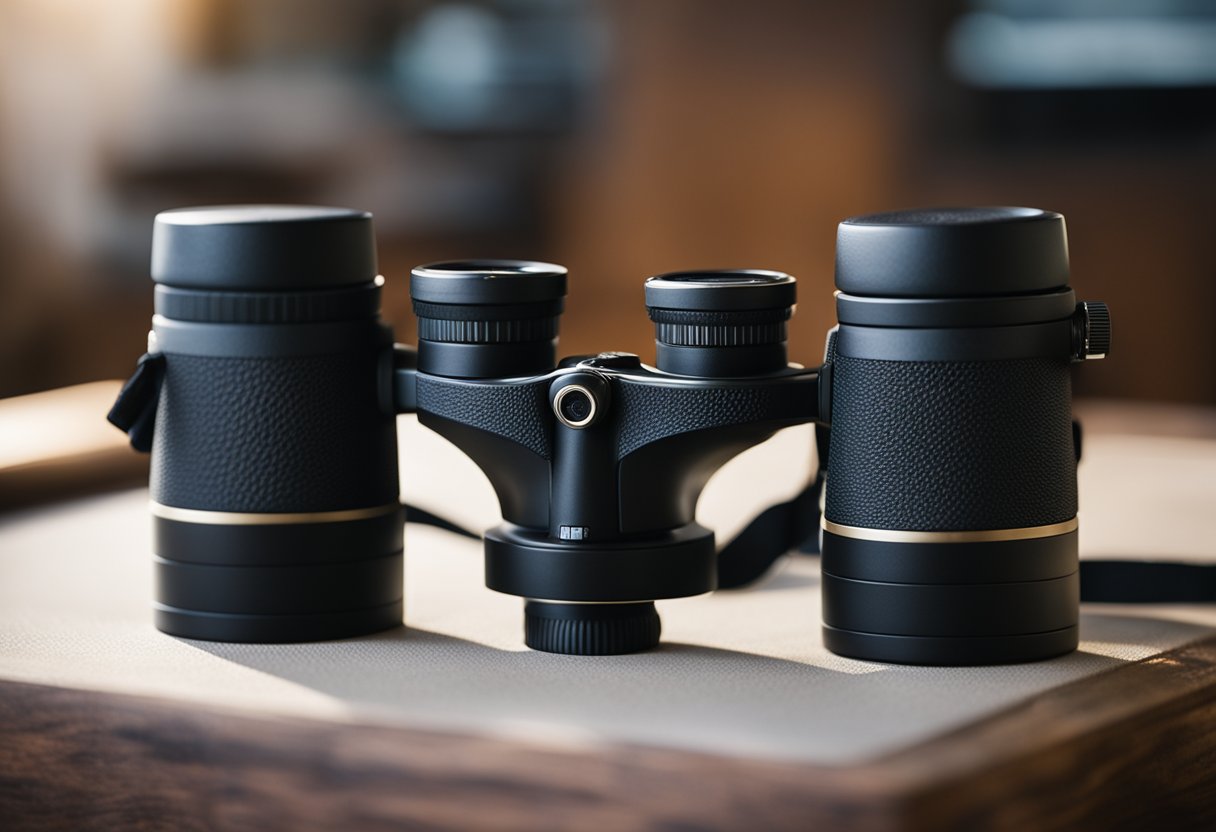
Bird Watching and Wildlife Viewing
In my experience, 10×50 binoculars are more suitable for bird watching and wildlife viewing. Their 10x magnification provides a comfortable balance between detail and field of view, allowing me to easily track birds in flight and observe animals without being too close. 20×50 binoculars, on the other hand, have a narrower field of view and can be more difficult to hold steady, making them less practical for these activities.
Stargazing and Astronomy
When it comes to stargazing and astronomy, I find that 20×50 binoculars generally offer better performance. The higher magnification allows me to see more detail in celestial objects like galaxies and star clusters. However, 10×50 binoculars can still be useful for casual stargazing, especially for observing larger objects like the Moon and constellations. Additionally, 10×50 binoculars are typically easier to handle and need less mounting support, making them a more portable option.
Hiking and Outdoor Activities
For hiking and outdoor activities, I prefer using 10×50 binoculars because of their balance between magnification, weight, and ease of use. They offer a wide field of view, making it easy to scan landscapes and spot interesting features. Their lighter weight and smaller size make them more practical to carry during long hikes. While 20×50 binoculars can provide more detail, their larger size, heavier weight, and need for additional support can be less convenient for outdoor usage.
Popular Brands and Models
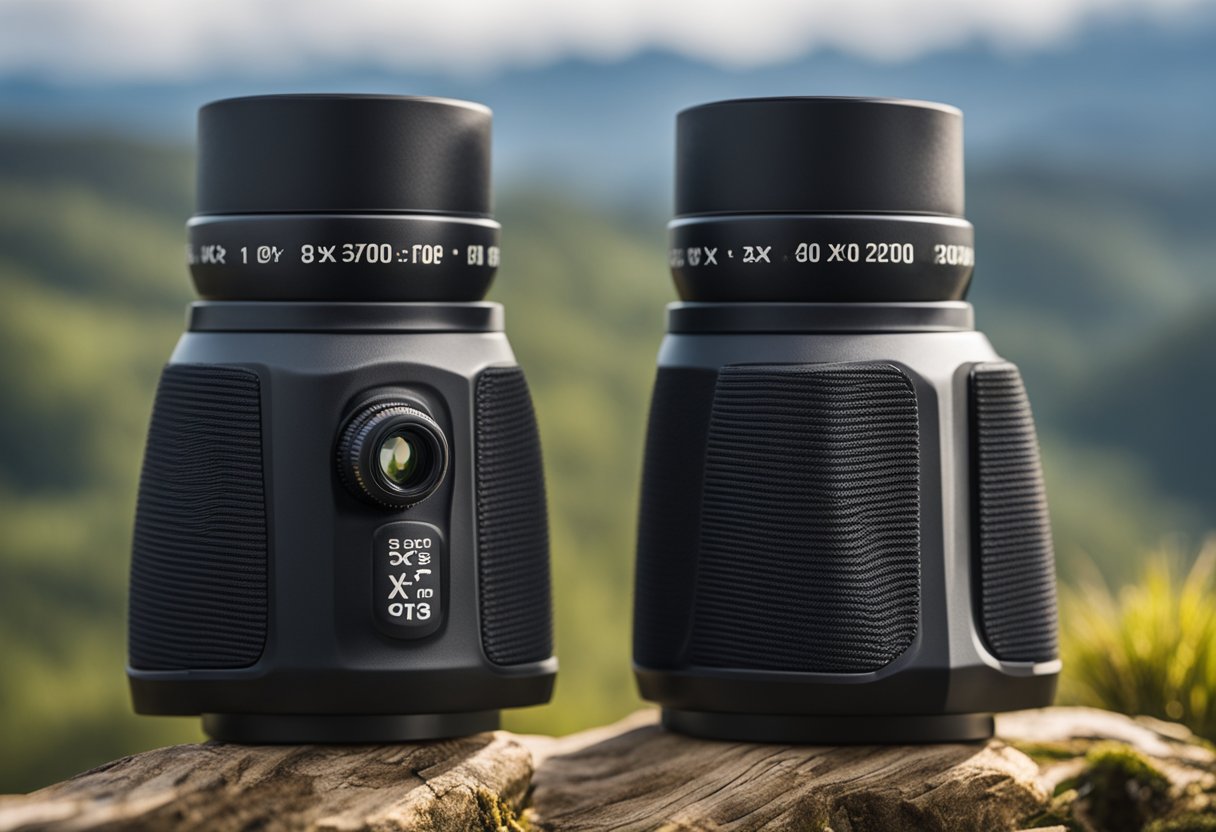
Nikon
When it comes to quality binoculars, Nikon has always been a top player in the market. For the 10×50 configuration, one popular model is the Nikon Aculon A211 10×50. I’ve found that these binoculars offer a clear, bright image with a wide field of view, making them perfect for various activities. They are equipped with multi-coated lenses and Eco-Glass, which enhances light transmission. For the 20×50 configuration, the Nikon Action Extreme 20×50 is a reliable choice. Designed with ruggedness in mind, it has a durable, waterproof, and fog-proof construction.
Bushnell
Bushnell is another reputed brand in the world of optics. Their PowerView 10×50 binoculars boast multi-coated lenses that yield clear and bright images. The non-slip rubber armor absorbs shock and ensures a firm grip, even in harsh conditions. In the 20×50 category, Bushnell offers the Legacy WP 20×50, which features a high-quality BaK-4 prism glass for better light transmission, improved image quality, and edge-to-edge sharpness.
SkyGenius
SkyGenius provides affordable options with good performance. Their 10×50 Powerful Binoculars are comfortable to use, thanks to the adjustable eyecups and large center focus knob. They also have a decent field of view, making them suitable for bird watching, hunting, and sightseeing. For those who require more magnification, the SkyGenius 20×50 High Powered Binoculars offer impressive clarity and a stable, shake-free image despite the powerful magnification. The fold-down eyecups cater to users wearing glasses, providing a comfortable viewing experience.
While choosing between 10×50 and 20×50 binoculars, it’s crucial to consider factors like image quality, field of view, and stabilization. Both Nikon, Bushnell, and SkyGenius, offer reliable options for each configuration, ensuring you find the right binoculars to suit your needs.
Choosing the Right Binoculars for Your Needs
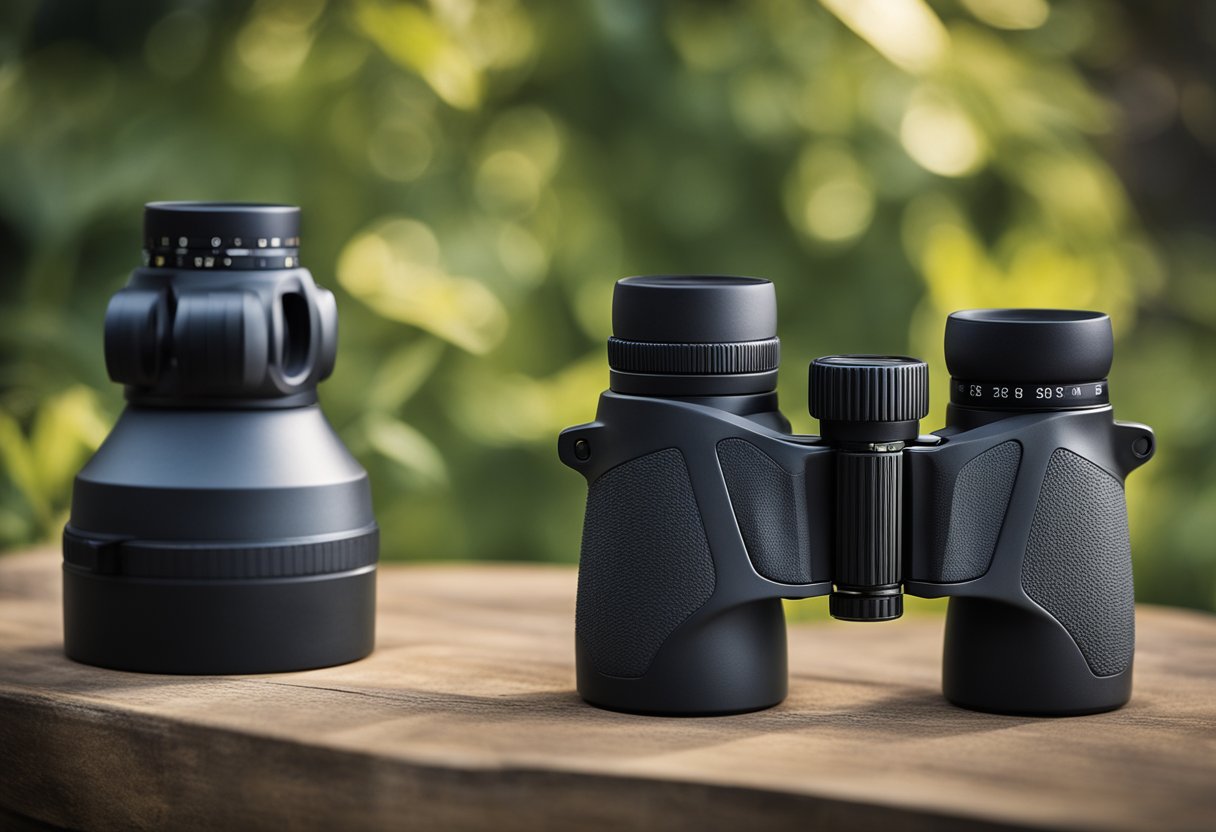
When it comes to selecting binoculars for your specific needs, whether it’s birding, hunting, or general observation, it’s crucial to make an informed decision based on the particular characteristics of each binocular option. In this section, I will examine the key differences between 10×50 binoculars and 20×50 binoculars and offer insights to help YOU choose the best pair for your requirements.
First, let’s cover the basics of understanding binocular specifications. The numbers 10×50 and 20×50 represent the magnification and objective lens diameter, respectively. A 10×50 binocular will have a 10x magnification and a 50mm objective lens diameter, while a 20×50 binocular will have a 20x magnification with the same 50mm lens diameter.
For birding, a pair of 10×50 binoculars is usually more suitable, as they offer a wider field of view, allowing me to locate birds more easily and follow their movements. Additionally, the lower magnification provides a steadier image, which can be particularly helpful when holding the binoculars for extended periods.
When it comes to hunting, the choice between 10×50 and 20×50 binoculars may depend on the terrain and distance. In open areas, where long-distance observation is required, a 20×50 binocular might be a better option, as the higher magnification allows for more detailed examination of distant targets. However, the higher magnification can also result in a smaller field of view and reduced image stability, so it’s essential to balance these factors according to my hunting conditions.
One important aspect to consider when comparing binoculars is the weight and portability. The 10×50 binoculars are generally lighter and more compact than their 20×50 counterparts, making them a more convenient option for situations requiring frequent movement or extended use.
In summary, when selecting between 10×50 and 20×50 binoculars, I must carefully consider my specific needs and priorities, such as field of view, magnification, stability, and portability. By weighing these factors, I can make a well-informed decision and choose the right pair of binoculars to suit my needs and enhance my observation experiences.
Frequently Asked Questions
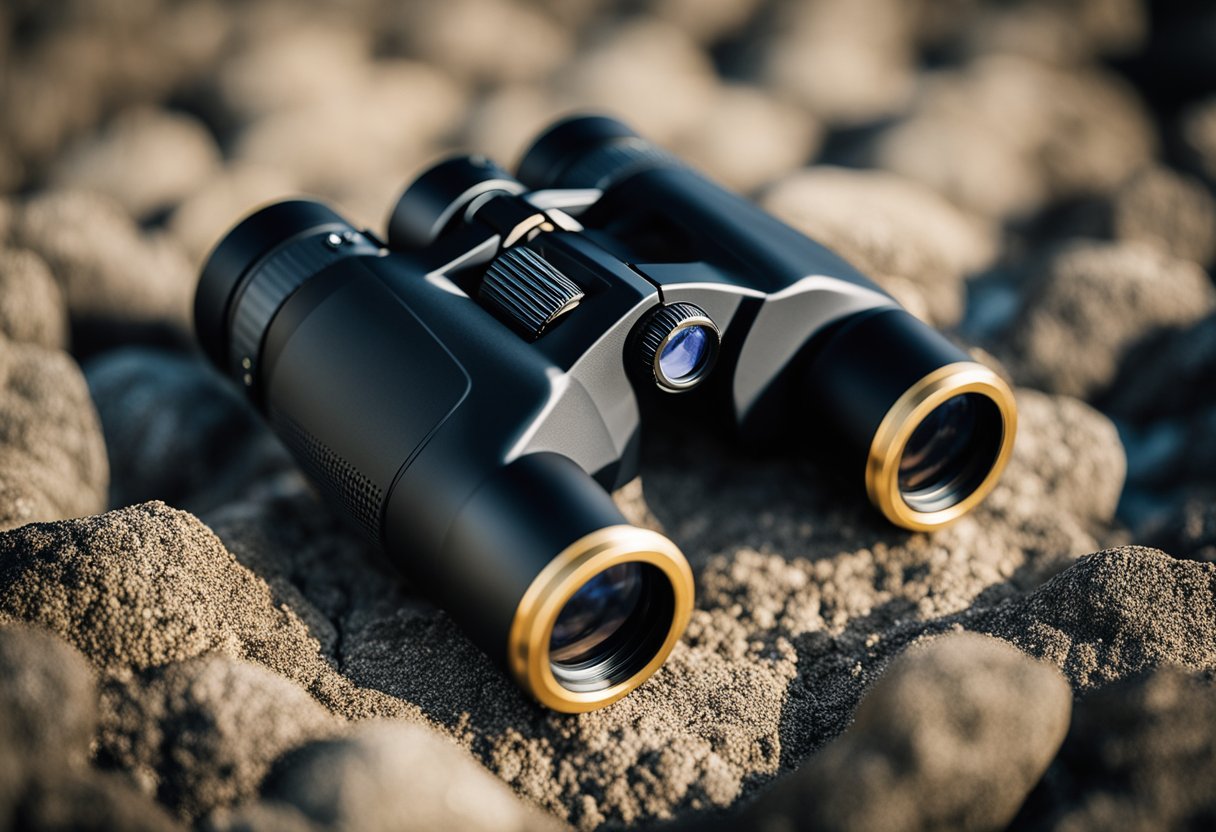
What factors determine binoculars’ effectiveness?
There are several factors that determine the effectiveness of binoculars, including magnification, objective lens diameter, and the quality of optics. Additionally, the field of view, eye relief, and light-gathering ability can also impact the overall performance of the binoculars. I consider these factors when comparing different models and choosing the best fit for my needs.
How does magnification affect viewing experience?
Magnification (represented by the first number in the binocular specifications, e.g., 10×50) is essential to the viewing experience, as it determines how much closer an object appears compared to the naked eye. Higher magnification provides more details, but it can also result in a smaller field of view, making it harder to track moving objects like birds. I prefer a balance between magnification and field of view to ensure a comfortable and enjoyable viewing experience.
Which binoculars provide clearer image quality?
The clarity of the image depends on the quality of optics, including lenses and prisms. Generally, binoculars with larger objective lenses (the second number in the specification, e.g., 10×50) gather more light and provide brighter images. However, the type and quality of glass, lens coatings, and manufacturing process all contribute to image quality. It is essential to consider these aspects along with magnification and objective lens size when selecting binoculars.
How does field of view differ in 10×50 and 20×50 binoculars?
Field of view is the area visible through the binoculars and is typically measured in degrees or the width at a specific distance (usually 1,000 yards). As magnification increases, the field of view generally decreases, which means that 20×50 binoculars will have a smaller field of view compared to 10×50 models. When observing fast-moving objects, larger field of view is generally more preferable as it allows me to keep track of the object easily.
What is the ideal choice for birdwatching?
For birdwatching, I prefer binoculars with a good balance of magnification and field of view. While having high magnification is useful for observing details on birds, it can make it harder to find and follow them due to the narrowed field of view. Therefore, 10×50 binoculars are typically better suited for birding, as they offer a wider field of view while still providing sufficient magnification.
Which binoculars perform better in low-light conditions?
In low-light conditions, the binoculars’ ability to gather light is crucial in delivering a brighter and clearer image. Binoculars with larger objective lenses (e.g., 10×50 or 20×50) can gather more light and perform better in dim environments. However, the overall optical quality and lens coatings also play a role in low-light performance. When binoculars have similar specifications, I tend to focus more on the quality of the optics to ensure the best performance in low-light situations.
